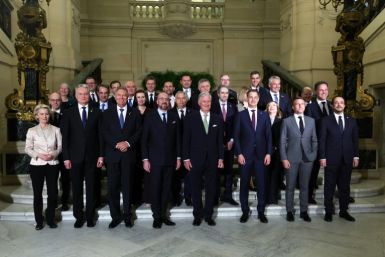750,000 Aussies have two or more jobs, ABS reveals

Over 750,000 people have taken on second and third jobs as the underemployment rate, the share of workers who want to work more hours, has risen to a record high of above 9 percent. The total job figures in the economy rose by 2.8 percent to 13.39 million as of June 2016, the Australian Bureau of Statistics revealed.
Healthcare and administrative support are the sectors with the most “secondary jobs” with about 120,000 each. Retail recorded fewer than 70,000.
According to the ABS, the surge in secondary jobs has exceeded the growth in main jobs for the past three years. It noted that the total secondary sector had lifted from 691,000 in 2011 to 753,000 last year. The ABS also recorded an 11 percent jump in vacant jobs. It grows more than four times as fast as filled jobs.
ABS chief economist Bruce Hockman has stated that for the first time, the body was able to determine how many jobs have people in them, estimating total hours worked and income across several jobs, The Australian reports. The new experimental estimates found that filled jobs increased by 2.7 percent from 12.9 million to 13.2 million through the year to June 2016.
Where the jobs are
Ultimately, the analysis found nearly 10 times as many jobs in healthcare and social assistance as in mining. It contributed 1.3 percent of all jobs.
Since 2013, the mining sector added 25,000 jobs. The construction industry, on the other hand, became the source of more than 40,000 jobs. “The slightly slower growth in employed persons compared to filled jobs reflected growth in multiple job holding, with secondary jobs increasing by 64,100 (9.2 per cent), compared with main jobs which increased by 791,700 (6.8 per cent),” the ABS said.
The number of people willing to work more hours rose to about triple the level in the 1980s. As for the cause of the fragmenting labour market, economists variously cite technology, free trade and high wages.
Last week, the Aussie dollar rose to a two-year peak following an upbeat jobs report. The Aussie has been rising due to a solid domestic economic data and a faltering US dollar since the month started. Meanwhile, the New Zealand dollar slipped 0.2 percent.
Some wager it can lead to rate hikes by early 2018. Since last August, the Reserve Bank of Australia (RBA) has left rates at 1.50 percent.
Read More:
Sydney-based recruitment platform Found offers military jobs for women
What to expect at Geoscience Australia Open Day 2017
Secular Talk/YouTube






